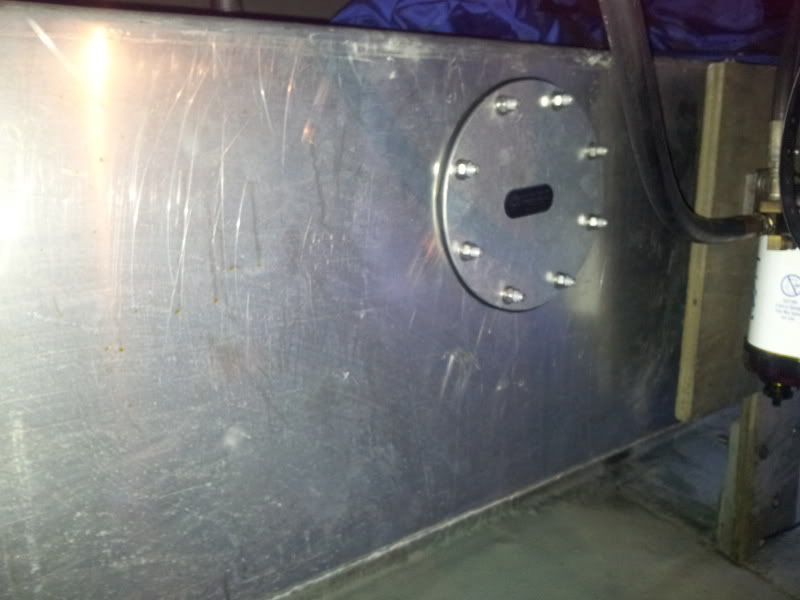Stainless Steel
My article “Tanks: Fuel, Water, and Holding” in the June ’01 issue of PMM included a discussion on fuel tank materials. At that time, stainless steel had not been approved by ABYC for use as a diesel fuel tank material, other than in 20-gallon cylindrical designs with domed heads (an impractical design at best). I’m pleased to report that the guidelines changed when the diesel fuel system standard was reissued in 2005. Now, stainless steel may be used for fuel tanks, provided the metal meets all other relevant ABYC requirements, essentially those outlined earlier for other metallic tank materials. Stainless steel, if used for fuel tank construction, must be of the 316L or 317L alloy variety and a minimum of 0.0747 inch thick.
As most cruisers know, stainless steel is an exceptionally durable, long-lived material. Provided it’s properly designed and constructed and the correct stock material is used, a stainless fuel tank will serve you well. Stainless steel that is exposed to wet, oxygen-depleted environments will sometimes suffer from a phenomenon known as crevice corrosion. Much like aluminum, stainless steel must be exposed to a fresh supply of oxygen in order to remain corrosion free. If starved for oxygen while wet, pits or crevices will begin to appear on the metal’s surface. Once these materialize, the process accelerates as the pits form small galvanic cells. The key to enabling a stainless-steel tank to live a long life is keeping it dry (on the outside) and exposing it to circulating air.
Finally, the “L” suffix after the alloy designation refers to its low carbon content, a prerequisite for any stainless steel that is to be welded. If stainless steel that is welded is not low carbon, weld decay (also called “carbide precipitation”) will occur: a narrow boundary on either side of the weld will be become susceptible to corrosion in much the same fashion as ordinary steel.





 Jim a old salt retired commercial captain, now the owner of a sister RW58, and I had a discussion about replacing repair our 37 year old 400 gallon tanks. Our first choice would be multiple smaller tanks as we both have not filled either of our three 400 gal tanks. Plastic, poly would be our first choice as they are light, easier to handle, not have the concern mettle tanks would and last a long time.
Jim a old salt retired commercial captain, now the owner of a sister RW58, and I had a discussion about replacing repair our 37 year old 400 gallon tanks. Our first choice would be multiple smaller tanks as we both have not filled either of our three 400 gal tanks. Plastic, poly would be our first choice as they are light, easier to handle, not have the concern mettle tanks would and last a long time.